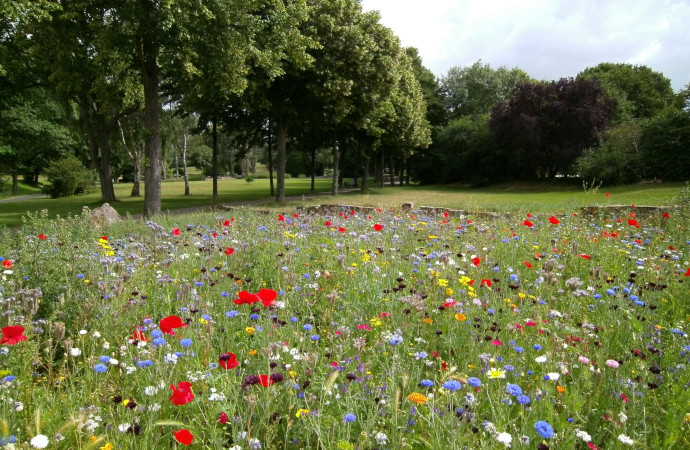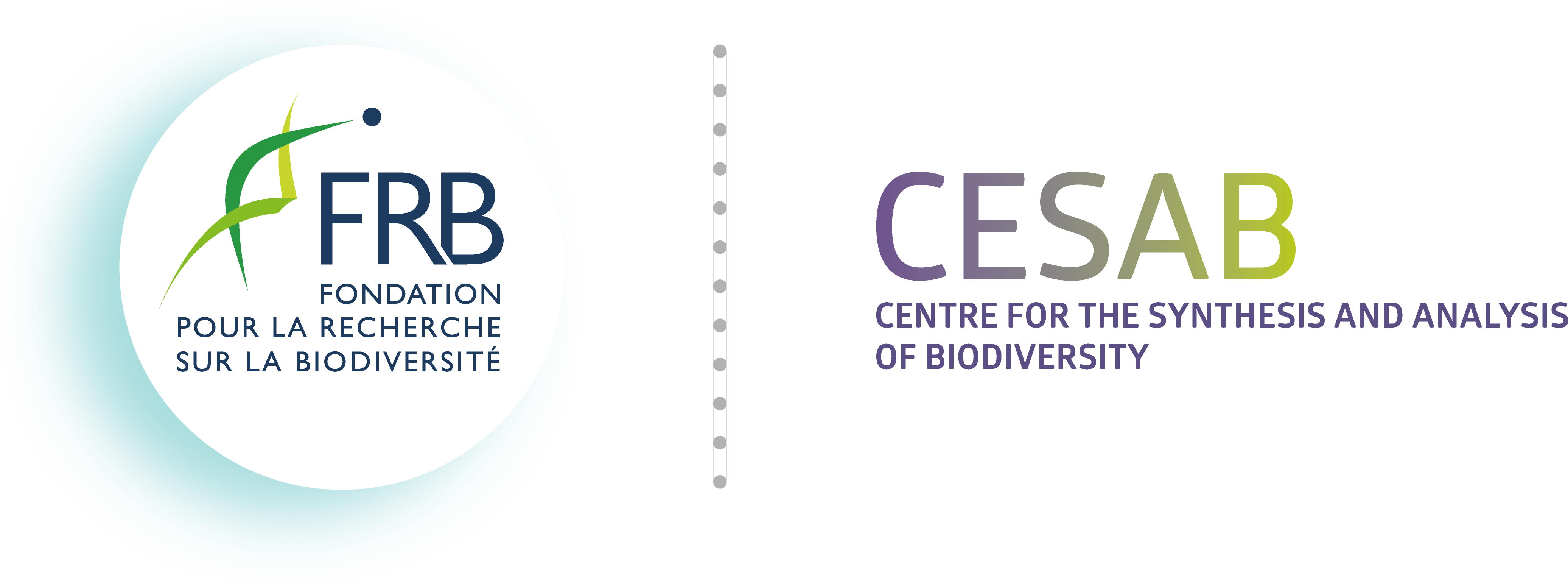DIVGRASS
Plant Functional DIVersity of GRASSlands – Assembling, analysing and sharing data on plant functional diversity to understand the effects of biodiversity on ecosystem functioning : a case study with French Permanent Grasslands

- botanical sampling data,
- climate, soil and land-use information and
- information about the functional role of each grassland species (for instance their ability to capture light and transform it into energy).

PI:
Postdoc:
DIVGRASS was selected from the 2010 call for proposals. The project selection process was carried out by a committee of independent experts.
[15] Fried G, Armengot L, Storkey J, Bourgeois B, Gaba S, Violle C & Munoz F (2021) Do ecological specialization and functional traits explain the abundance-frequency relationship? Arable weeds as a case study. Journal of Biogeography, 48, 37–50. DOI: 10.1111/jbi.13980.
[14] Denelle P, Violle C & Munoz F (2020) Generalist plants are more competitive and more functionally similar to each other than specialist plants: insights from network analyses. Journal of Biogeography, 47, 1922–1933. DOI: 10.1111/jbi.13848.
[13] Munoz F, Fried G, Armengot L, Bourgeois B, Bretagnolle V, Chadoeuf J, Mahaut L, Plumejeaud C, Storkey J, Violle C & Gaba S (2020) Ecological specialization and rarity of arable weeds: Insights from a comprehensible survey in France. Plants, 9, 824. DOI: 10.3390/plants9070824.
[12] Bourgeois B, Munoz F, Fried G, Mahaut L, Armengot L, Denelle P, Storkey J, Gaba S & Violle C (2019) What makes a weed a weed? A large-scale evaluation of arable weeds through a functional lens. American Journal of Botany, 106, 90–100. DOI: 10.1002/ajb2.1213.
[11] Carboni M, Calderon-Sanou I, Pollock LJ, Violle C, Consortium D & Thuiller W (2018) Functional traits modulate the response of alien plants along abiotic and biotic gradients. Global Ecology and Biogeography, 27, 1173–1185. DOI: 10.1111/geb.12775.
[10] Jaillard B, Deleporte P, Loreau M & Violle C (2018) A combinatorial analysis using observational data identifies species that govern ecosystem functioning. PLoS ONE, 13, e0201135. DOI: 10.1371/journal.pone.0201135.
[09] Jaillard B, Richon C, Deleporte P, Loreau M & Violle C (2018) An a posteriori species clustering for quantifying the effects of species interactions on ecosystem functioning. Methods in Ecology and Evolution, 9, 704–715. DOI: 10.1111/2041-210X.12920.
[08] Loranger J, Munoz F, Shipley B & Violle C (2018) What makes trait–abundance relationships when both environmental filtering and stochastic neutral dynamics are at play? Oikos, 127, 1735–1745. DOI: 10.1111/oik.05398.
[07] Símová I, Violle C, Svenning J-C, Kattge J, Engemann K, Sandel B, Peet RK, Wiser SK, Blonder B, McGill BJ, Boyle B, Morueta-Holme N, Kraft NJB, van Bodegom PM, Gutiérrez AG, Bahn M, Ozinga WA, Tószögyová A & Enquist BJ (2018) Spatial patterns and climate relationships of major plant traits in the New World differ between woody and herbaceous species. Journal of Biogeography, 45, 895–916. DOI: 10.1111/jbi.13171.
[06] Borgy B, Violle C, Choler P, Denelle P, Munoz F, Kattge J, Lavorel S, Loranger J, Amiaud B, Bahn M, van Bodegom PM, Brisse H, Debarros G, Diquelou S, Gachet S, Jolivet C, Lemauviel-Lavenant S, Mikolajczak A, Olivier J, Ordoñez J, de Ruffray P, Viovy N & Garnier E (2017) Plant community structure and nitrogen inputs modulate the climate signal on leaf traits. Global Ecology and Biogeography, 26, 1138–1152. DOI: 10.1111/geb.12623.
[05] Borgy B, Violle C, Choler P, Garnier E, Kattge J, Loranger J, Amiaud B, Cellier P, Debarros G, Denelle P, Diquelou S, Gachet S, Jolivet C, Lavorel S, Lemauviel-Lavenant S, Mikolajczak A, Munoz F, Olivier J & Viovy N (2017) Sensitivity of community-level trait–environment relationships to data representativeness: A test for functional biogeography. Global Ecology and Biogeography, 26, 729–739. DOI: 10.1111/geb.12573.
[04] Carboni M, Münkemüller T, Lavergne S, Choler P, Borgy B, Violle C, Essl F, Roquet C, Munoz F & Thuiller W (2015) What it takes to invade grassland ecosystems: traits, introduction history and filtering processes. Ecology Letters, 19, 219–229. DOI: 10.1111/ele.12556.
[03] Violle C, Borgy B & Choler P (2015) Trait databases: Misuses and precautions. Journal of Vegetation Science, 26, 826–827. DOI: 10.1111/jvs.12325.
[02] Violle C, Choler P, Borgy B, Garnier E, Amiaud B, Debarros G, Diquelou S, Gachet S, Jolivet C, Kattge J, Lavorel S, Lemauviel-Lavenant S, Loranger J, Mikolajczak A, Munoz F, Olivier J & Viovy N (2015) Vegetation ecology meets ecosystem science: Permanent grasslands as a functional biogeography case study. Science of the Total Environment, 534, 43–51. DOI: 10.1016/j.scitotenv.2015.03.141.
[01] Violle C, Reich PB, Pacala SW, Enquist BJ & Kattge J (2014) The emergence and promise of functional biogeography. Proceedings of the National Academy of Sciences of the United States of America, 111, 13690–13696. DOI: 10.1073/pnas.1415442111.